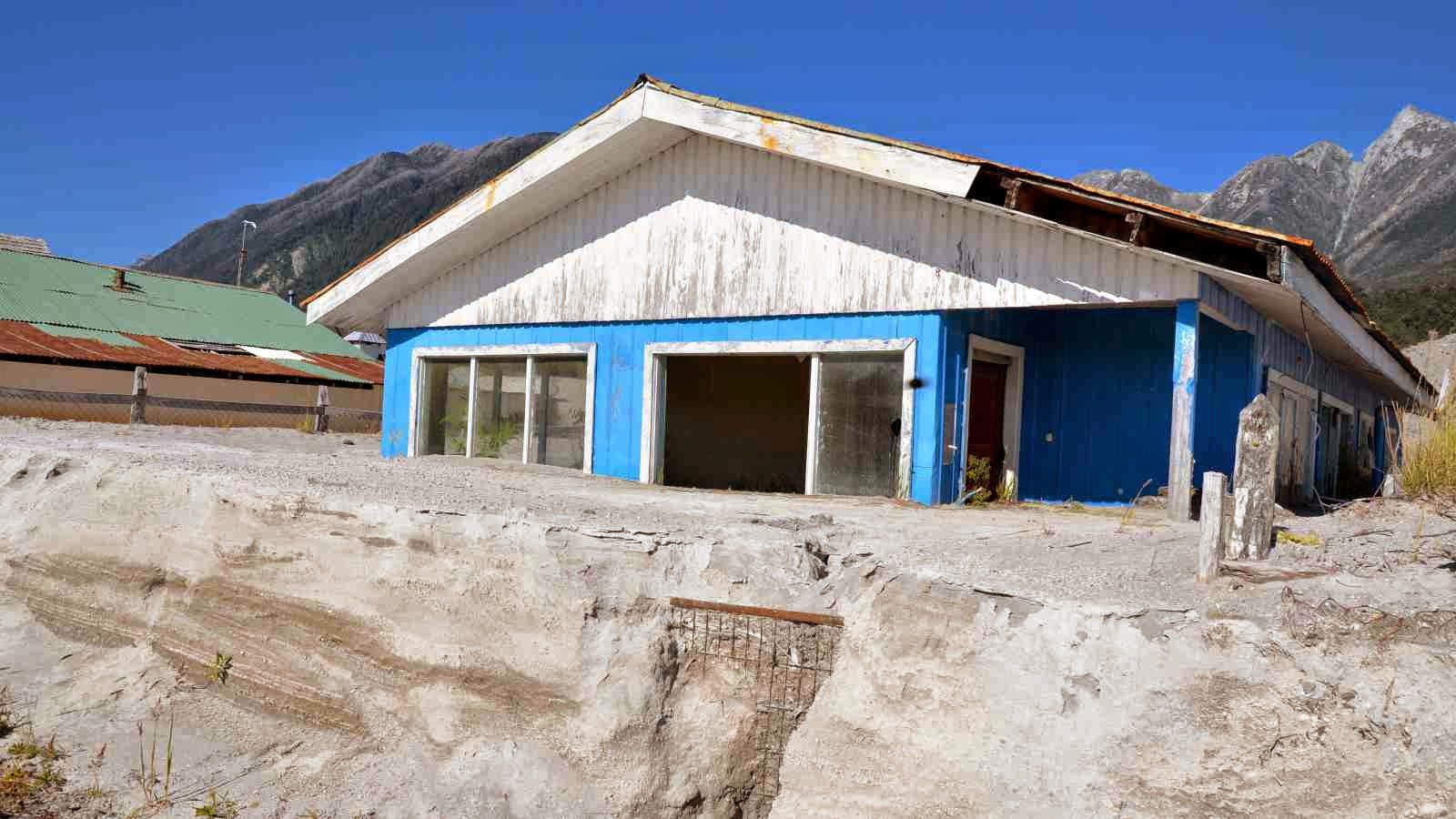
A study by a Victoria University earth scientist has revealed the frightening potential risk posed by a recently active volcano in southern Chile, and provides insight into what could happen in New Zealand.
Associate Professor Brent Alloway, from Victoria University of Wellington’s School of Geography, Environment and Earth Sciences (SGEES) is senior co-author in collaborative research (Chile-New Zealand-Argentina-United Kingdom) which was the cover story in January’s issue of the leading journal Geology.
The article reveals the past history of the Chaitén volcano in southern Chile, which erupted in 2008, resulting in the partial destruction of nearby Chaitén township and serious disruption to population centres, infrastructure and economy downwind in Argentina.
“The 2008 Chaitén eruption made international headlines at the time since, in the eyes of the media, it was an out-of-the-blue event occurring without warning,” says Dr Alloway.
“From a scientific point of view it was a unique and exciting opportunity to view an explosive rhyolitic (high silica) eruption—the first of its type to be experienced world-wide since the Novarupta (Alaska) eruption of 1912.
“The eruption provided an unprecedented scientific opportunity to examine all facets of such an eruption ranging from magma ascendency rates to ash-fall effects on infrastructure and organisms. This eruption was also recognised as being similar in magnitude, as well as physical and chemical characteristics, to what could be reasonably be expected in future eruptions from volcanic centres situated in the Taupo Volcanic Zone here in New Zealand.”
Sediments from a small lake located close to Chaitén Volcano revealed 26 volcanic ash layers that were deposited over the last 10,000 years, 10 of which came from Chaitén Volcano. So, in addition to the 2008 eruption, there had been three previously unknown eruptions between 600 and 850 A.D. as well as another at around 420 A.D. That means eruptions have been occurring at Chaitén about every 200 years over the last 1000 years.
“It’s pretty clear that our results will need to be carefully considered by both the Chilean authorities and the local community as they continue with restoration and rebuilding in the aftermath of the 2008 eruption. There’s always a likelihood that there will be another eruption at Chaitén, the timing of which, along with its magnitude, cannot be predicted with any certainty.
“Real-time seismic monitoring of Chaitén Volcano should assist in providing timely advance warning of an impending eruption and help to prevent any loss of life in the future.”
Chaitén volcano is visited and studied by third and fourth year earth science students at Victoria University as part of a field-trip based course held in southern Chile and Argentina, run by Dr Alloway every two years.
Note : The above story is based on materials provided by Victoria University.









